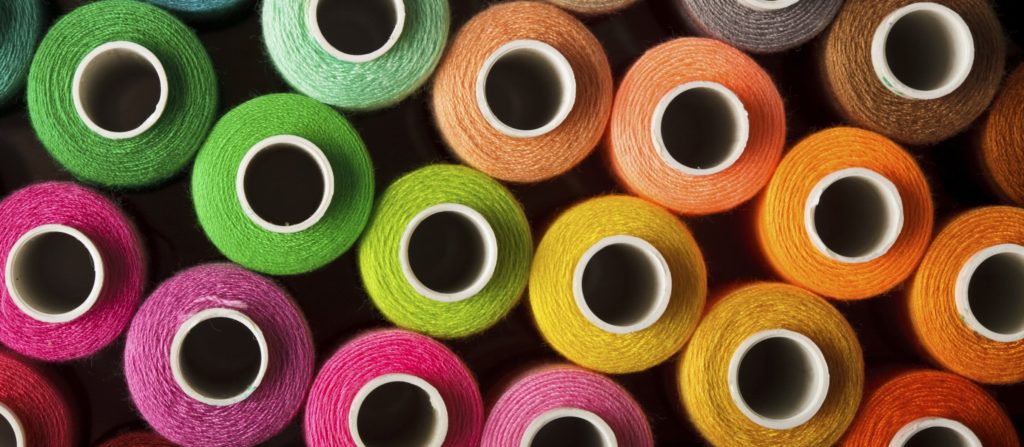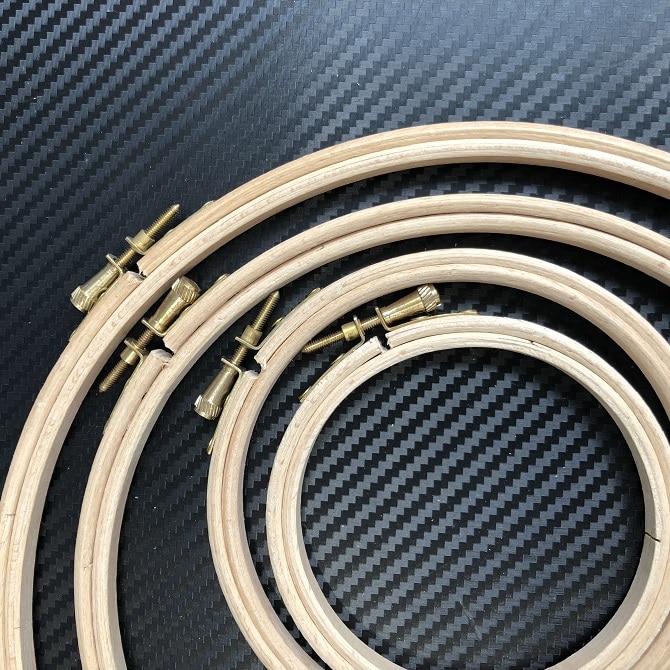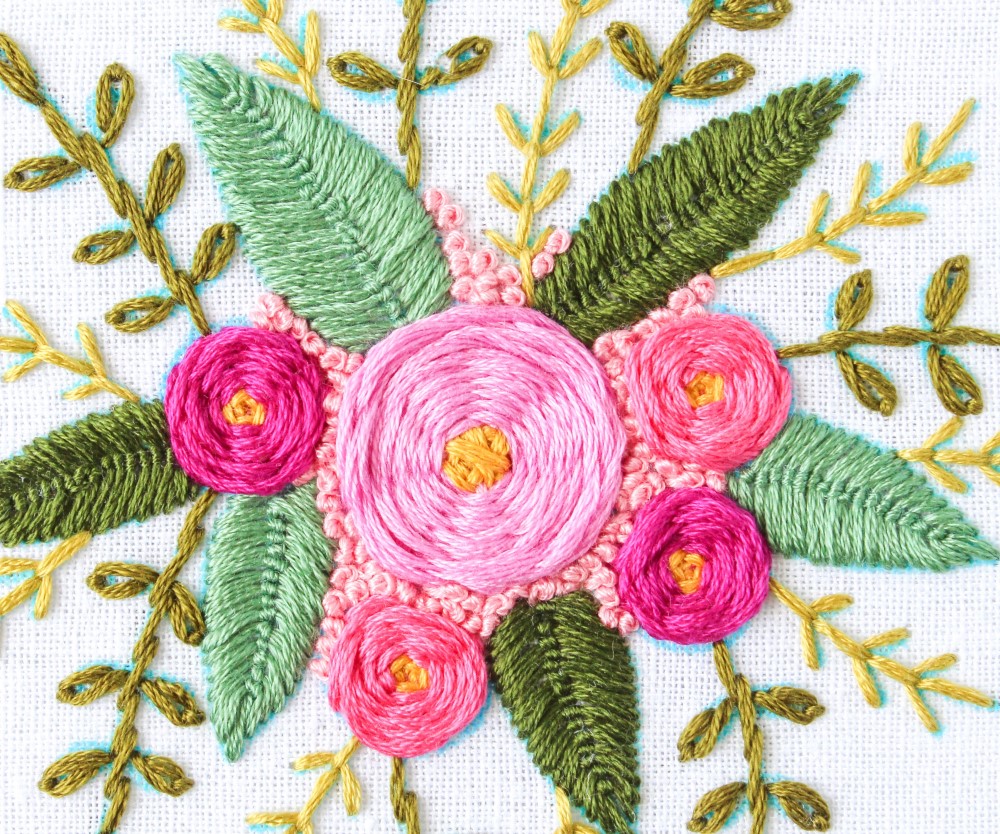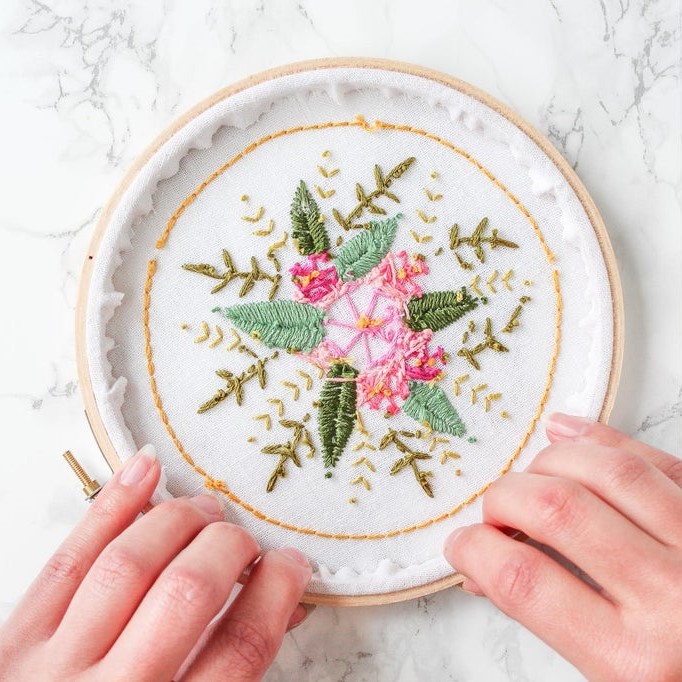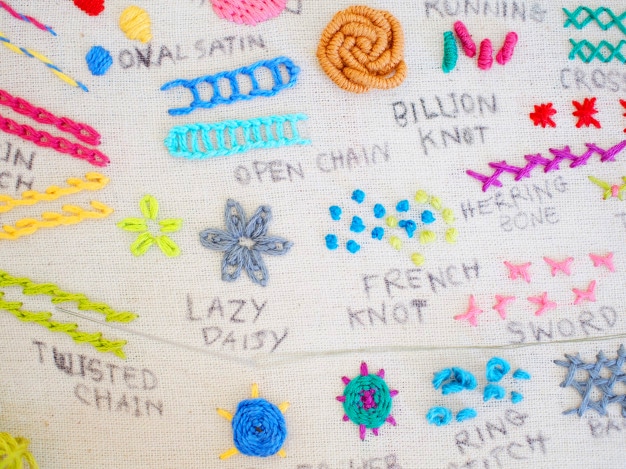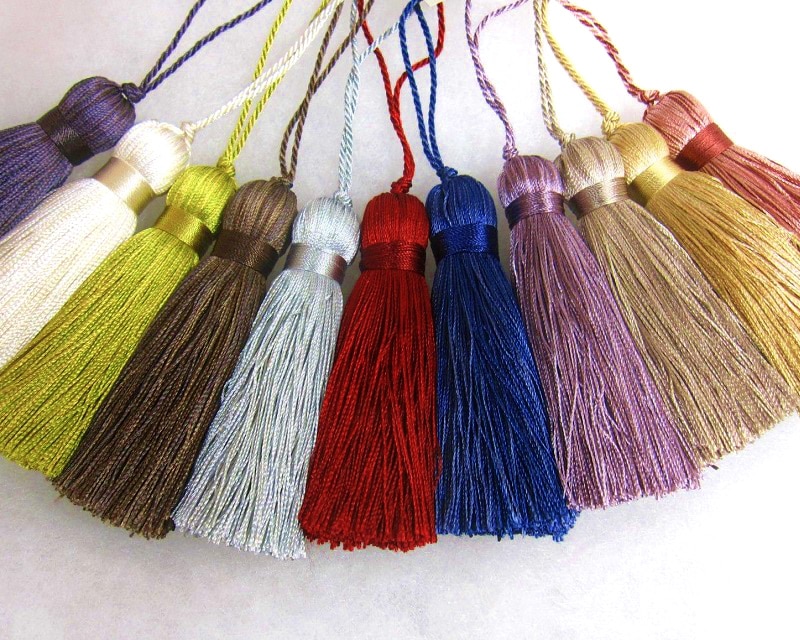

Learning to embroider a piece of cloth, cushion, sleeves, dresses, a T-shirt is a professional and recreational activity that requires and encourages imagination and creativity. Creative people use different embroidery stitches to draw cacti, butterflies, or other beautiful shapes and give the embroidered objects another color.
However, the work requires needles, embroidery threads, and a piece of suitable embroidery fabric. Although you can embroider on almost all materials and the embroidery needle will pass through. However, the type of fabric you choose is an essential factor in determining the look of your final product.
Not all patterns can be performed well on all fabrics. For instance, you can embroider dense patterns on thick fabrics. However, if you stretch a too-thin material too much on the machine, it could tear or wrinkle.
So, what is the best fabric for machine and hand embroidery?
From the Evenweaves to the plain fabrics, these are the types of fabrics and their various applications.
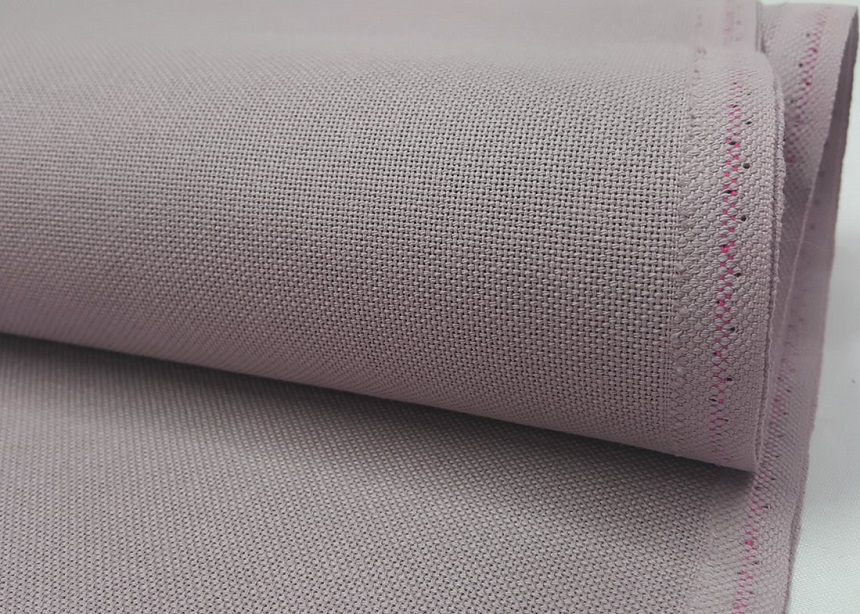
Evenweave fabrics are fabrics “woven evenly.” In other words, they’re fabrics with the same thread number per inch, both horizontally and vertically. The threads of these fabrics must have the same thickness.
The fiber content in Evenweaves can be linen, rayon, polyester, bamboo, or cotton blends. Evenweaves made of cotton are some of the best fabrics for embroidery.
Thick linen, cotton, and linen blended fabrics are the most suitable for computerized embroidery machine Trusted Source Machine embroidery - Wikipedia Machine embroidery is an embroidery process whereby a sewing machine or embroidery machine is used to create patterns on textiles. en.wikipedia.org . This is because these kinds of materials will not have too much deformation and will not affect the cross-stitch pattern display.
According to most reviews, the most durable cotton fabric for embroidery must be the Caydo Embroidery Fabric for Garments and Crafts. This is made from high-quality cotton and is ideal for table cloths, upholstery, and flower pot decoration.
Most Evenweave fabrics are designed in various colors and thread counts. The thread counts can be from a rustic 18-count to a fine 32-count.
For those who like evenweave linens, experts recommend using plaid solid linen materials such as Pllieay 100% Linen Fabric. The fabric cloth is most ideal for embroidery as well as needlework, dressmaking, tablecloths, skirts, bags, and garment crafts.
Evenweave fabrics are soft, refined, and smooth. You can use tight Evenweaves for hand embroidery techniques. The evenweave materials that are loosely woven can be utilized for drawn thread embroidery, counted-thread embroidery, or pulled-thread embroidery.
Made of 100% cotton, this is the most suitable for beginners. It is woven in such a way that it forms small squares on which the stitch is worked. The size of the square varies according to the fabric. In this way, the embroidery that is obtained can be of dimensions and various effects. It is also essential to highlight the range of colors that it offers us and the count. This can be in 14, 16, 18, etc.
This means that there are different types of Aida fabrics. Depending on the number of squares or points, you will know the amount of material you need.
14 count is the most commonly used in beige and white colors. The techniques carried out with Aida include cross-stitch, vagonite, surface embroidery, and Assisi embroidery techniques.
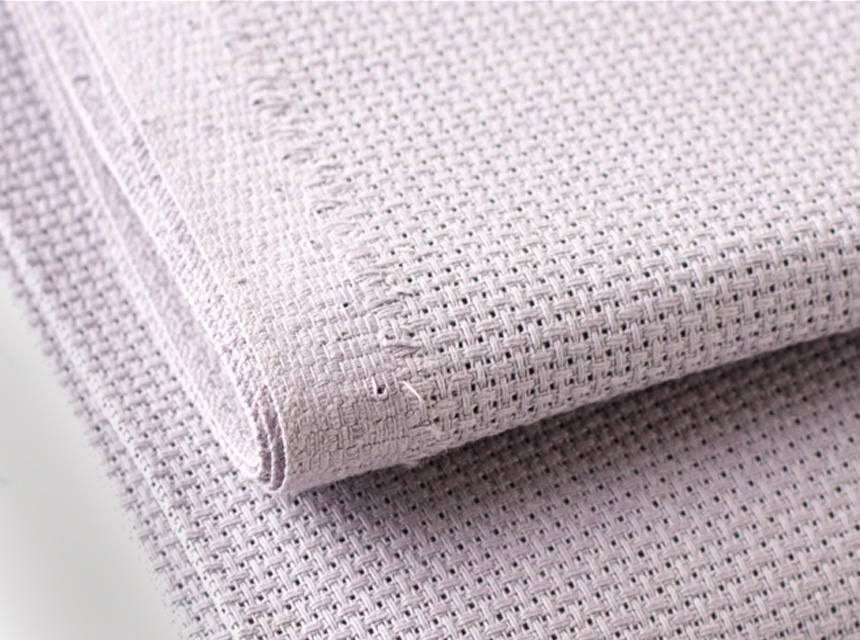
The Hardanger fabric consists of two weft threads by two warp threads, but they are joined, and when removing the threads in the openwork, it is as if only one were removed. The most common to work with is the 22 count, or nine threads per centimeter, although there are up to 26.
Hardanger fabrics are not so soft fabrics, because they have less cotton. This is also because they have a higher percentage of polyester, rayon, wool, flax, linen, or thread that gives a more rigid body to the fabric.
That allows the fraying and drafting of the stitches. They are fabrics with the same amount and weave of horizontal threads (weft) and vertical threads (warp).
An important aspect when choosing the fabric for the embroidery design is the “count,” which is no more than the number of woven threads that fit in an inch. To embroider in Hardanger, another essential thing is that the fabric has the same number of weft threads (across) and warp threads (lengthwise).
Depending on the textile manufacturer, in each count, you will find thinner or thicker threads. The more threads that fit within a count, the smaller the interlocking stitches for embroidery. And the fewer threads there are in a count, the larger the gaps or interlocking points for embroidery, cutwork, or unraveling.
Hardanger is used by embroiderers or cross-stitchers who need delicate detail. It is also used for ornament and doily projects.

Toweling is also one of the best fabrics used for embroidery. Also sometimes called terry cloth, it is a fabric material made of absorbent cotton.
Toweling fabrics are exceptionally absorbent and absorb a lot of water. The fluffy effect is achieved with a loop thread in the weft. Small loops are inserted into the weft thread.
This gives the fabric additional pebbles on the surface. The loops give the fabric a larger volume, which results in extreme suction power.
Toweling fabrics are mainly used for decorative pieces and produce adorable results.
11 or 14 sized needles are often used for this fabric. They are most ideal for embroidering with machines and making monogram designs.
Users who are into embroidery and kitchen towels decorations recommend the Aunt Martha’s 18″x28″ Flour Sack Dish Towels. The white towel is also Amazon’s choice of the best flour sack towels from Aunt Martha.
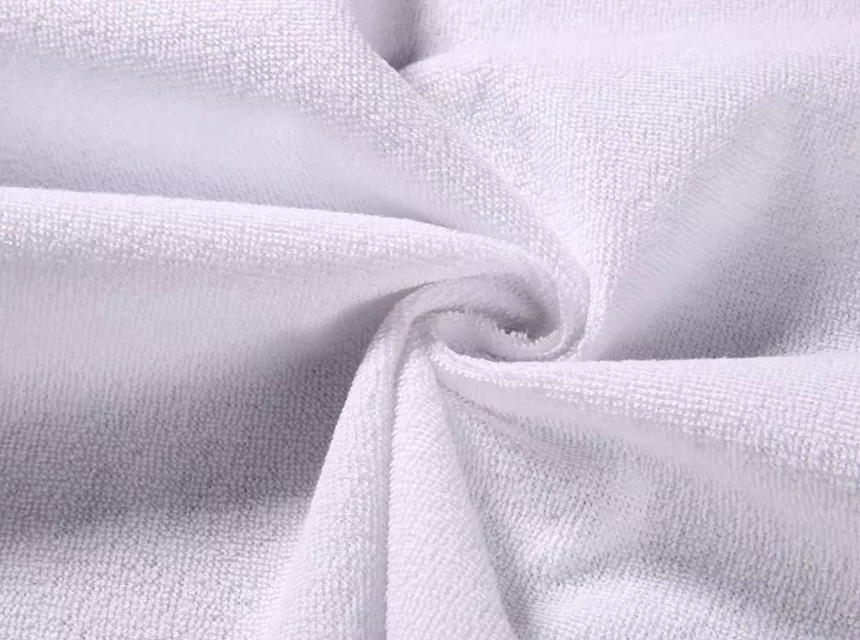
Denim, canvas, and wool are some other types of embroidery fabrics. Denim is probably one of the best fabrics for hand embroidery. Only washable and durable pieces of denim should be used for embroidery. One of the tips to embroidering by hand is to wash the material first.
Twill and canvas can also be used very successfully. If you think the canvas is too thick for the stretchiness you need for embroidery, you can stretch a piece of the underlay and paste the canvas on it before embroidering. Embroidering on canvas is, however, easy as the material is usually stretchy and thin enough for hand embroidery.
Wool lets you apply your favorite embroidery designs. Also, it is a hypoallergenic and non-toxic material that regulates temperature. It’s great for people with arthritis, allergies, and asthma.
Embroidery is often used by those who like to personalize an item of clothing. However, embroidering clothes is not always easy. Even with the hoop, clothing fabrics can sometimes be stretchy, greatly complicating the task.
The embroidered piece of work may be a success, an undesirable product, or, worse, an utter failure. It all depends on the material you use, the design or template you choose, and your skill.
As you’ve seen, there are Evenweave fabrics and plain woven fabrics. If you are just a beginner, we advise you to choose a linen canvas that you can buy in a haberdashery and which can be of any color.
Above all, choose an embroidery fabric that is neither too thin nor too thick. Again, you can ask the haberdasher for advice to start embroidery classes in the best way.
